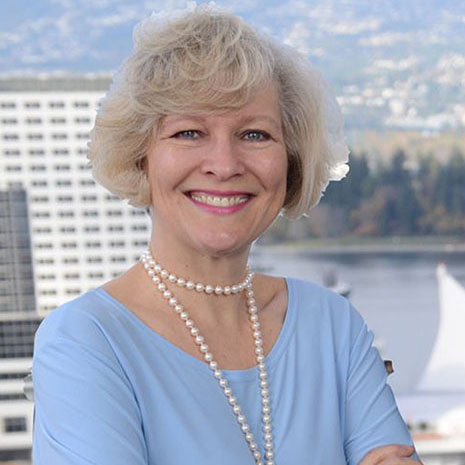As immigration lawyers practicing with nearly 50 years of collective experience, we have been asked many times by prospective immigrants whether they should pursue studies in both official Canadian languages: English and French, with a view to enhancing their chances for qualifying for permanent residence in Canada. As we live and practice in British Columbia, most of these requests are from persons who have proficiency in English, having either studied or worked in Canada utilizing their English language skills. Since the dawn of Canada’s Express Entry selection system on January 1, 2015, our answer has typically been that the reward is not worth the effort. With both of us personally having studied several languages in addition to English, we can tell you that pursuing language studies takes a considerable investment of time and effort. (You can cram for a history or geography exam but not for a language exam!). However, the new Canadian immigration world order is a very different place and Canada is placing a premium on French language proficiency (outside of Quebec) such that this skill set provides an opportunity to acquire not only an education in Canada but also work experience and permanent residence! Let’s take a look at the options for a francophone applicant to achieve Canadian immigration status.



